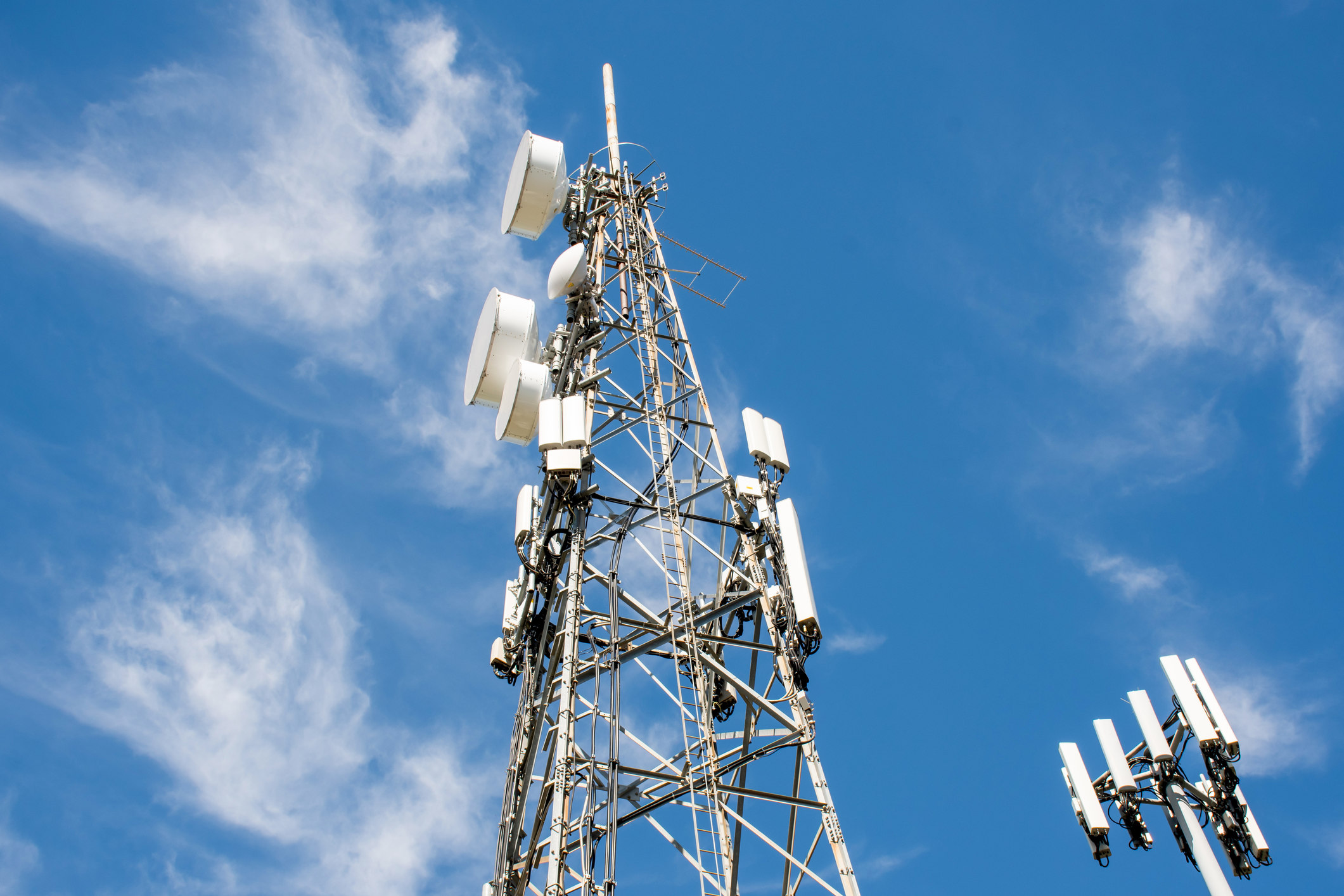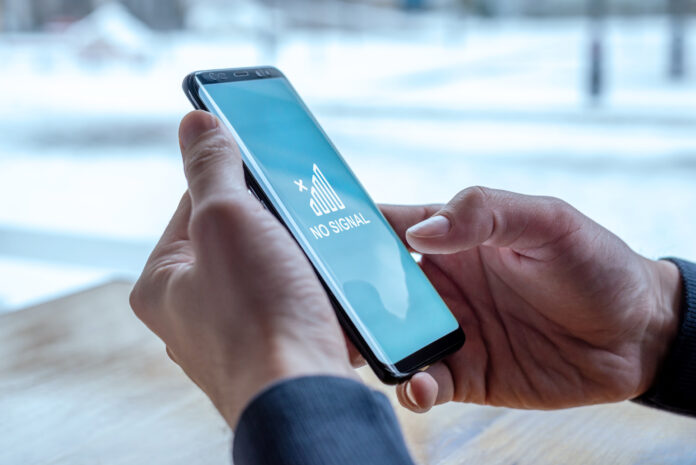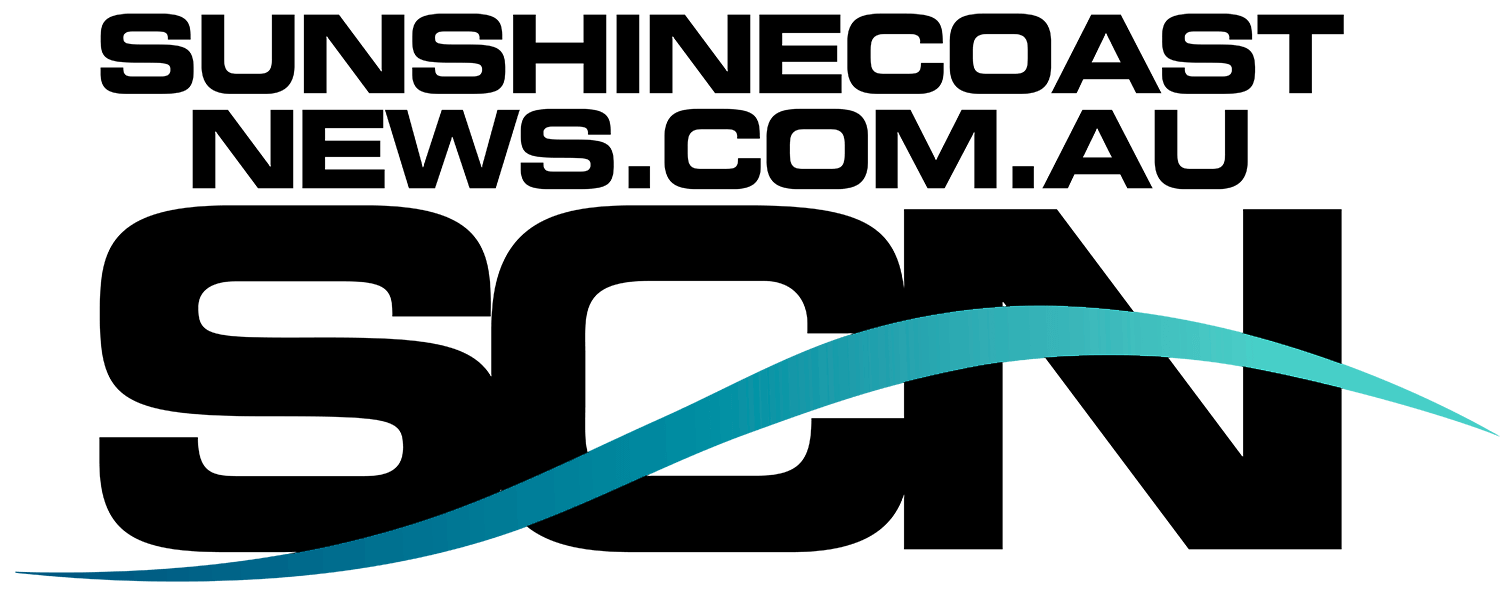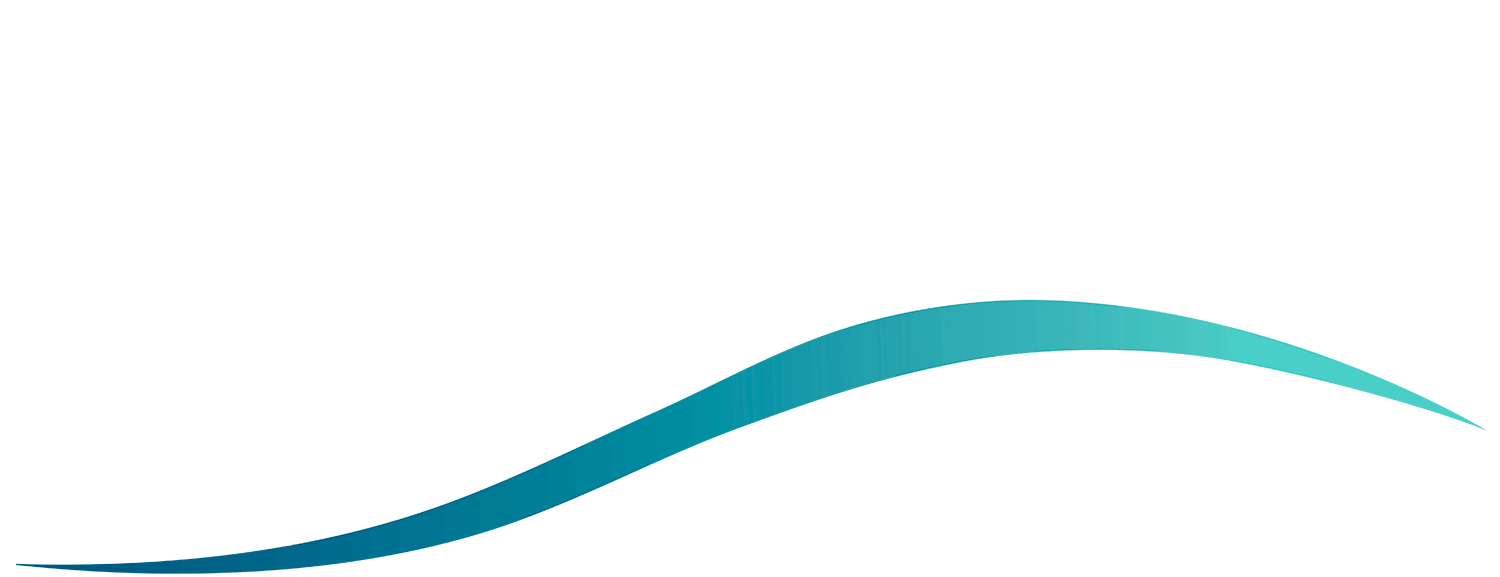Sunshine Coast residents are finding it hard to stay connected.
The region has been named among the top five in Australia for complaints to the Telecommunications Industry Ombudsman.
There were 232 complaints from locals between October to December, up from 199 the previous quarter.
The top five areas for complaints were Brisbane, the Gold Coast, Moreton Bay and the Sunshine Coast, followed by the NSW Central Coast.
The number of nationwide complaints to the Ombudsman surged in the final quarter of 2024, with the 3G shutdown prompting a rise in reports about poor mobile service.
There were a total of 15,297 complaints across the country in three months, a 13 per cent increase on the previous quarter, according to the Ombudsman’s report released this week.

Complaints about mobile services rose by 23 per cent, with issues including poor coverage or restricted service.
The 3G network shutdown, which began in late October, resulted in 190 complaints that month, spiking to 566 in November, before dropping again in December.
Ombudsman Cynthia Gebert said it was encouraging to see 3G-related complaints decrease by the end of the year, but there were ongoing issues in regional and rural areas.
“I implore the telcos to keep working on solutions that ensure equal access to reliable and phone and internet service for all people in Australia,” she said.
Want more free local news? Follow Sunshine Coast News on Facebook, LinkedIn and Instagram, and sign up for our FREE daily news email.
Telstra and Optus told an ongoing Senate inquiry into the 3G shutdown their coverage had either improved or remained stable after the closure.
Optus executive Harvey Wright said less than 1 per cent of customer complaints to the telco since September 2024 related to 3G.
“We’re pretty confident that, actually, we haven’t seen any reduction in coverage,” Mr Wright said at a hearing in early February.

Telstra’s 3G network used to cover 2.65 million square kilometres across Australia, whereas 4G has been expanded to cover three million square kilometres, executive Justine Rowe said.
Communications Minister Michelle Rowland has requested the telcos begin providing weekly updates on consumers’ coverage-related complaints.
There are continued reports of poor mobile service and new black spots in rural areas, after the 3G mobile network closed.
Grain grower Brendan Taylor remembers his first mobile phone that sat like a brick in the front seat of his ute.
He got better reception on the plains of Queensland’s Western Downs using that early technology than he does after the shut down of the 3G mobile network.
“There’s black spots where there never used to be black spots,” Mr Taylor said.
“There’s more gaps, more drop outs, you can have a good amount of service according to your phone and you still can’t make a call.”
The patchy coverage caused problems during harvest, when he had to drive around to find reception to keep in touch with truck drivers and grain buyers.
“For people that have no service, that is a big deal and it’s a safety concern as well,” said Mr Taylor, who represents grain growers through the Queensland peak body AgForce.
Telstra customers can report 3G issues on a new dedicated helpline by calling 1800 990 853.





